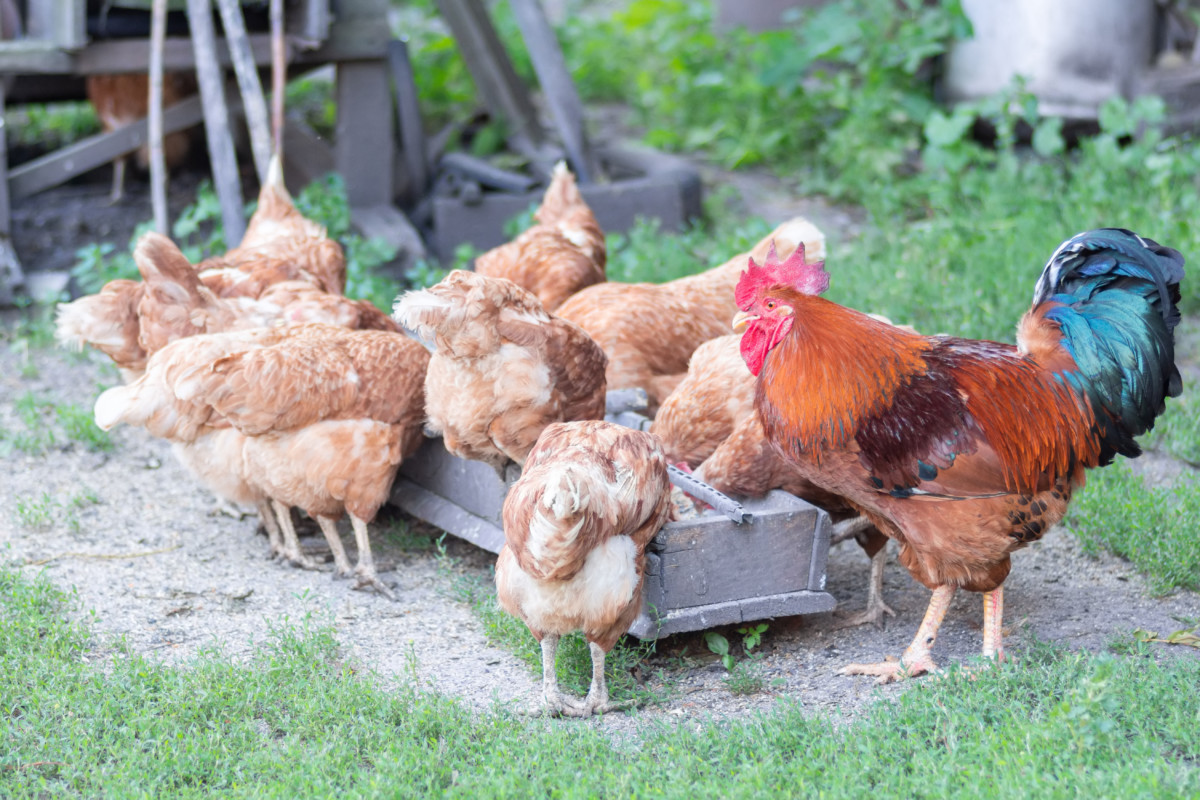
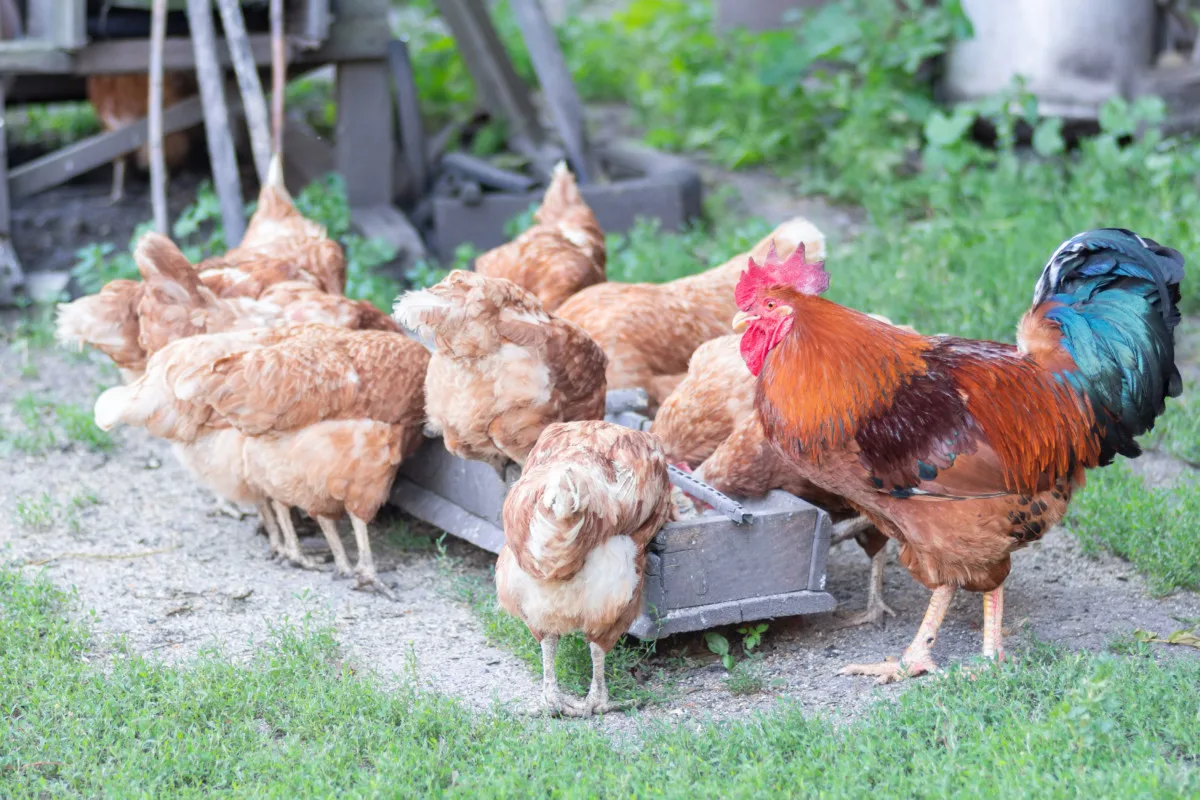
Attributable to chickens have a slim intestinal tract, they should eat usually nevertheless in small parts. As a consequence of this chickens are practically ceaselessly hungry and meals obsessed. Protect them well-fed with a DIY hen feeder.
Egg-laying hens require a balanced meals plan that decisions vitality, protein, and calcium. The most effective egg manufacturing occurs when chickens buy a minimal of 16% protein of their feeds, along with entry to current, clear water frequently.
Egg manufacturing stops or slows when hens run out of feed or water for a great deal of hours at a time. The amount of decline in egg-making is immediately related to the timeframe the flock went with out.
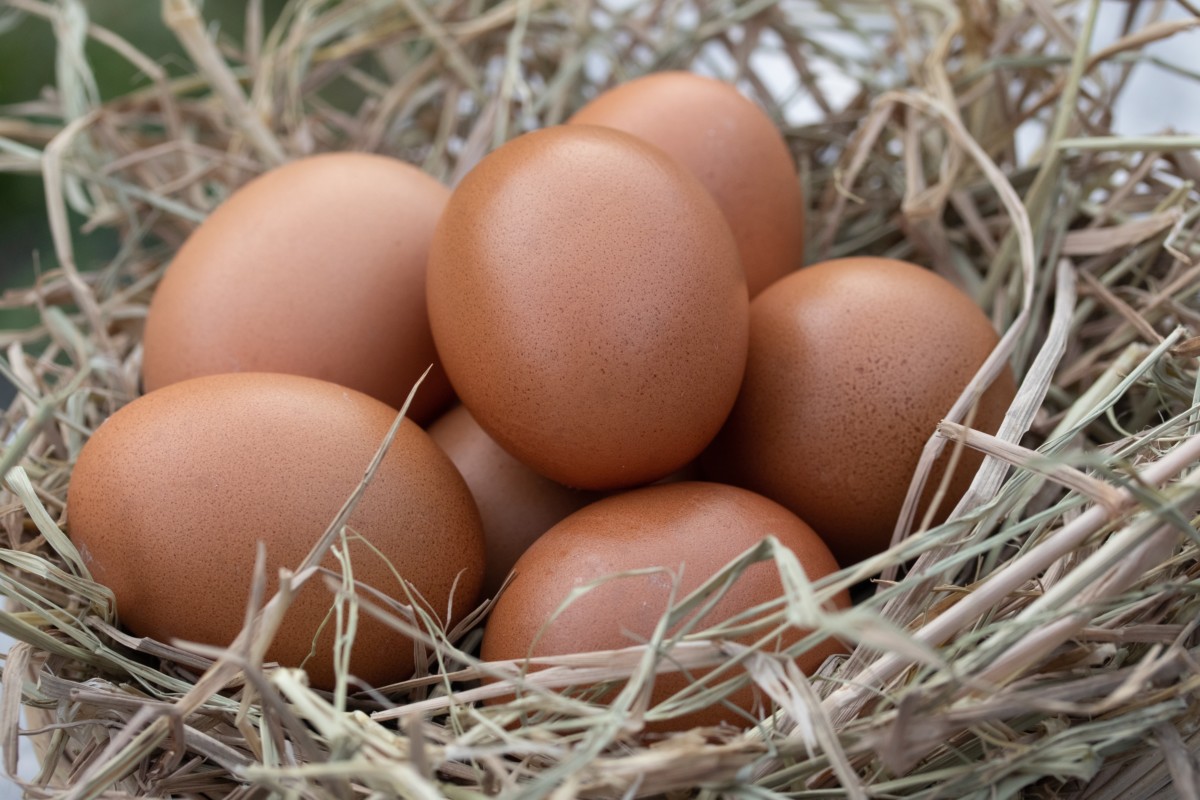
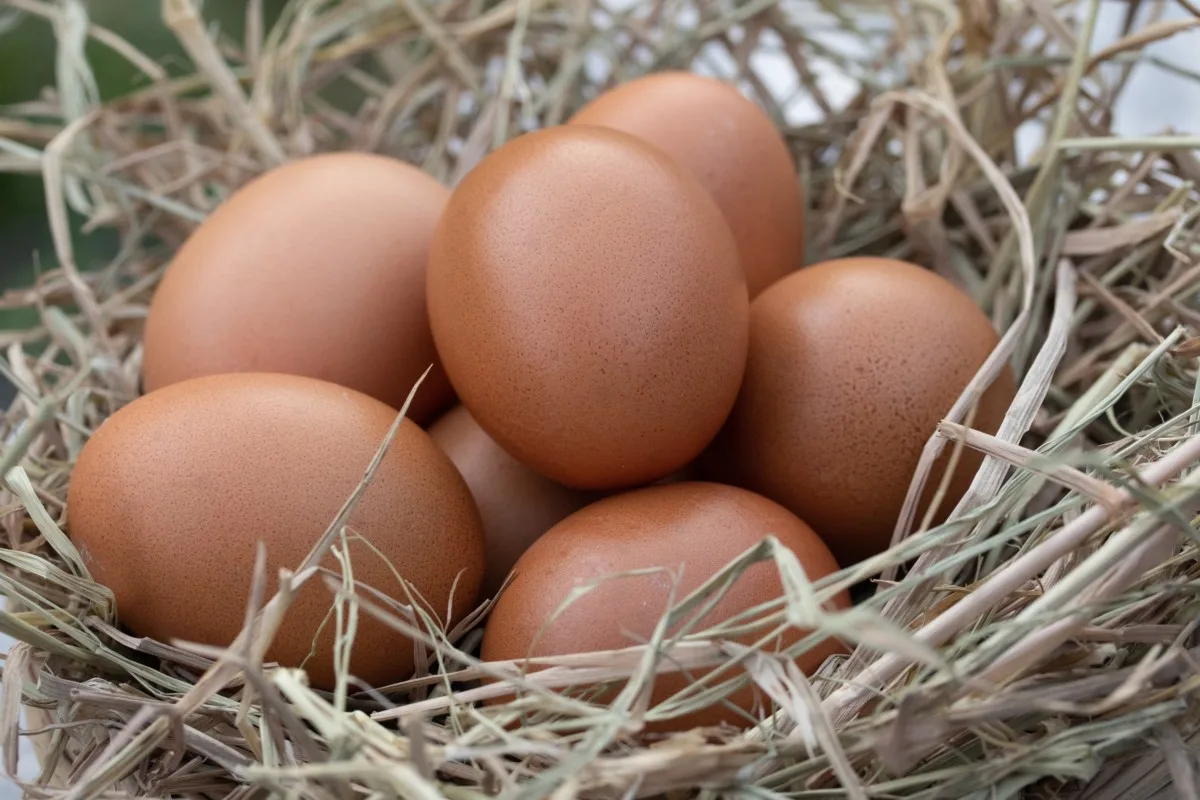
Clearly, preserving your hens well-fed and watered is essential for healthful, joyful, and productive chickens!
Factors When Deciding on a Hen Feeder Design
Not all hen feeders are created equal and needs to be tailor-made to fit your coop’s particular wants.
Previous to committing to a design, take into accounts:
The Flock
What variety of chickens you keep will resolve the scale of the hen feeder you assemble. Each egg-laying hen wants roughly ¾ of a cup of meals per day, or various ¼ pound.
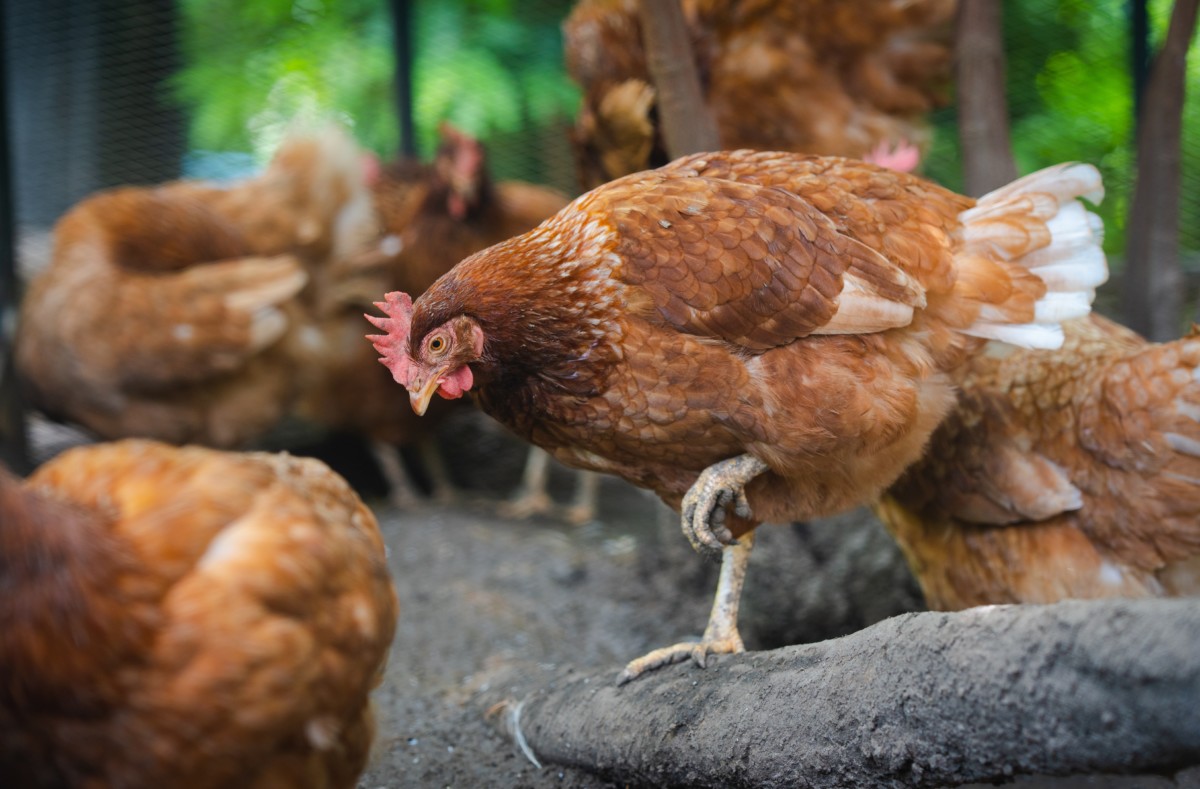
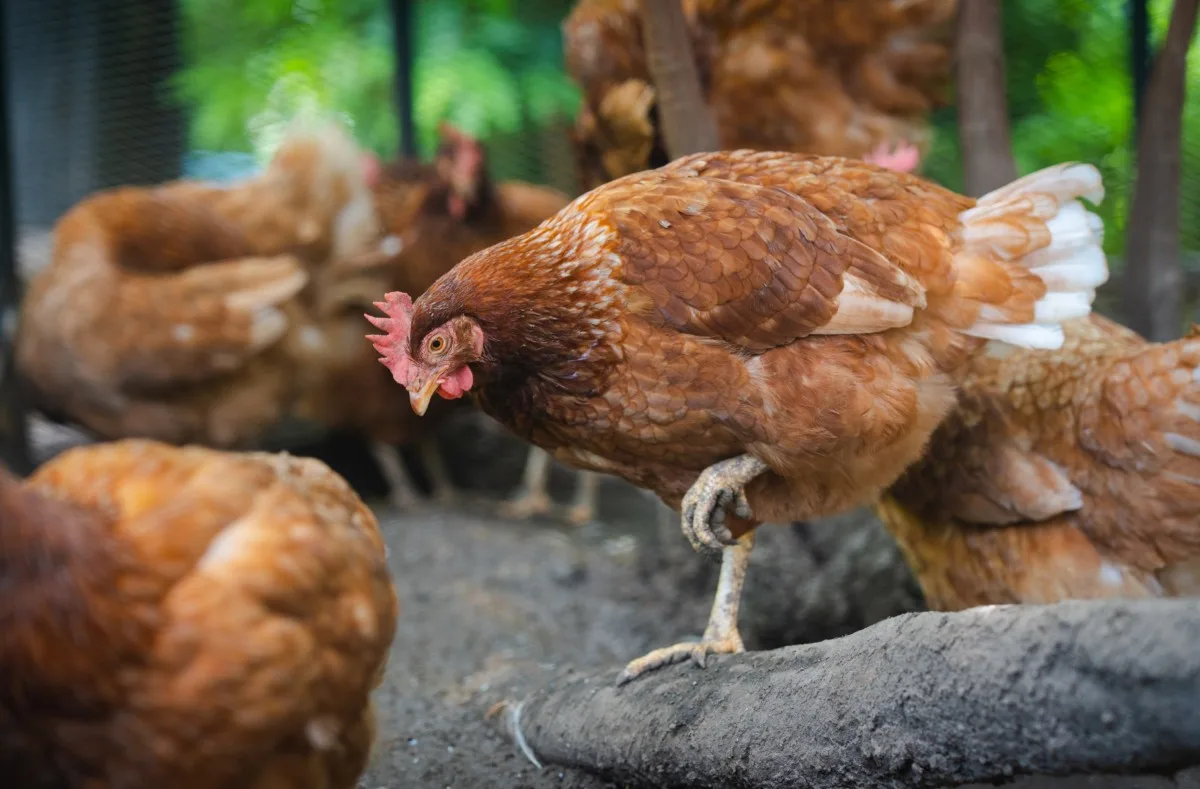
The scale of the feeding vessel(s) should deal with ample meals in your complete chickens. It needs to be big ample to not need fastened refilling, nevertheless small enough that the feed doesn’t spoil previous to it has a threat to be eaten.
One utterly completely different downside to recollect is how the chickens entry the feed. As a extremely primary guideline, each hen might want to have about 2 inches of feeding home.
The character of your hens will affect the scale and magnificence of the hen feeder too. Dominant birds may cease these lower all by means of the pecking order from feeding, curious hens may knock over the container, and some chickens very prefer to make quite a few your full difficulty.
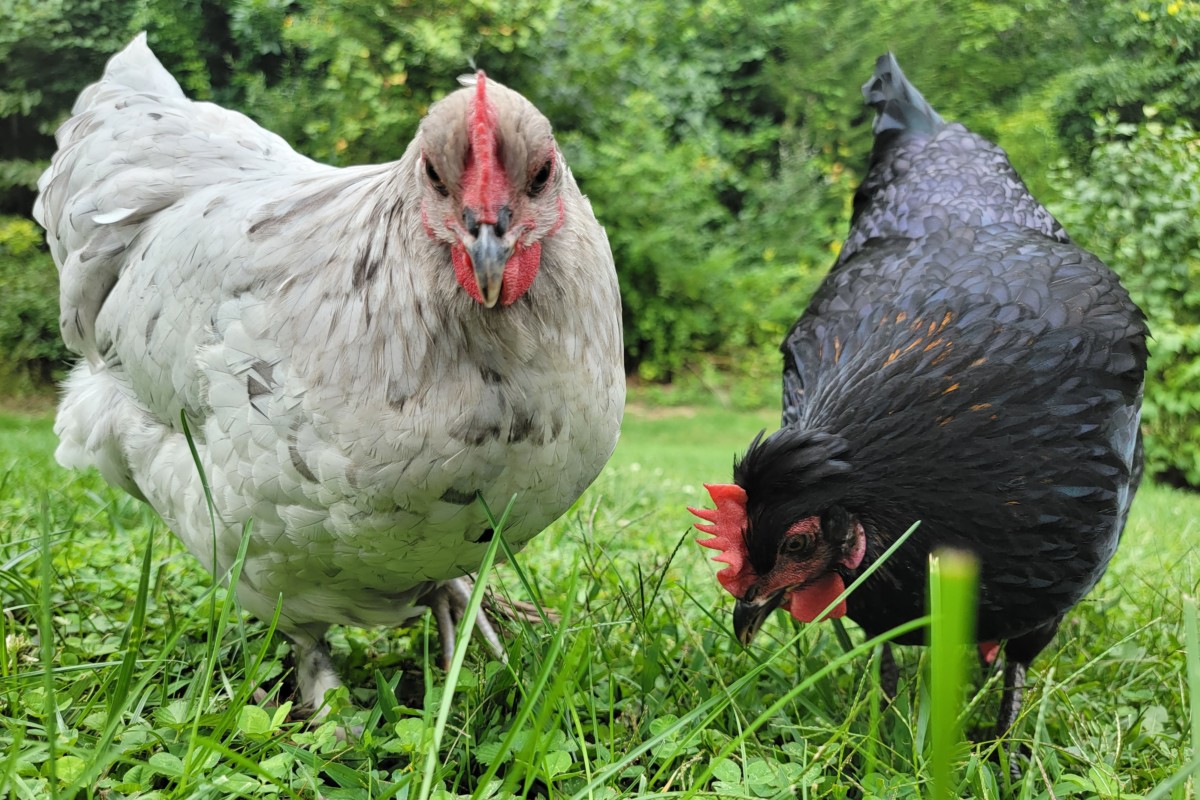

An unruly or big flock would revenue from two or additional medium-sized feeders to verify all chickens get their due.
Observe your hens at feeding circumstances after introducing a model new feeder system to the brood. If some chickens aren’t receiving ample meals, add additional hen feeders to the coop.
Hen Feeder Placement
Do you intend on preserving the hen feeder contained all through the coop or exterior all by means of the run? Each has its advantages and drawbacks, and the design of the feeder needs to be deliberate accordingly.
Indoor feeders have the benefit of preserving the meals dry in moist or snowy circumstances. Moist feed will develop to be moldy and spoil shortly.
Nonetheless, in case your coop is on the smaller side, an indoor hen feeder takes up treasured home. It moreover encourages your chickens to spend a lot lots a lot much less time open air, which suggests the litter all by means of the coop will needs to be cleaned additional usually.
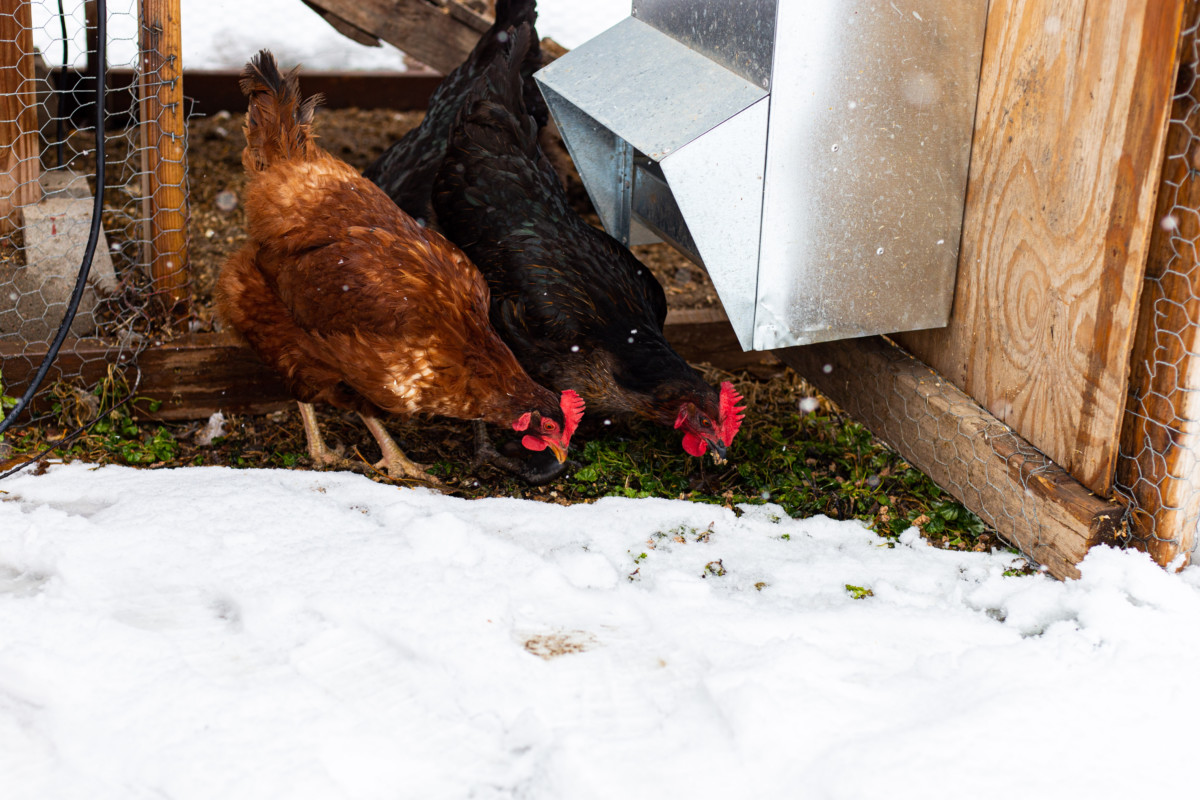
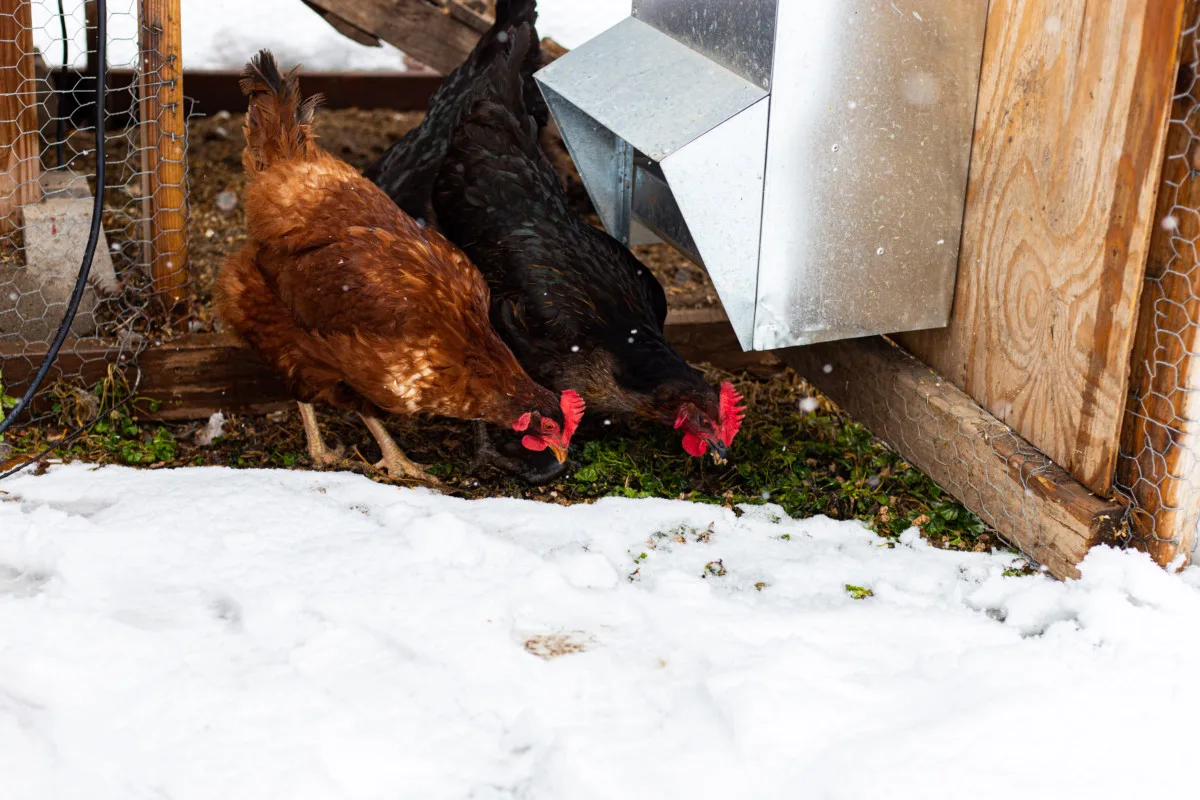
Out of doors feeders liberate home all by means of the coop and get the hens exterior and into the current air. And free-range chickens produce the tastiest, most nutritious eggs.
Nonetheless exterior feeders needs to be waterproofed or in every completely different case sheltered from the native climate. Hen feed saved exterior could also be additional weak to pilfering by birds and rodents, and will even entice poultry predators like raccoons and weasels.
Some hen keepers select to place feeders indoors for added administration, whereas others assemble a sheltered spot with a faithful run for out of doors feeding. One completely different selection is to maneuver hen feeders indoors in a single day and place them as quickly as additional exterior by the use of the day.
Hen Feeder Efficiency
The scale of the hen feeder should duplicate the timeframe and dedication you could have in your birds.
A hen feeder that holds ample feed for 24 hours would require the hopper to be refilled on every day basis. That is normally a welcome chore as each single day check-ins alongside alongside collectively along with your flock means you’ll be succesful to greater monitor them, bond with them, and preserve with the most recent pecking order drama.
A lots bigger feeder efficiency will cut back a great deal of the repairs and would possibly will allow you to take a weekend away with out worrying about feeding the hens. It is usually useful to deal with the aptitude to an absolute most of 10 days – any longer than that can improve the chance of meals spoiling or the feeder itself turning into clogged.
15 DIY Hen Feeders
1. 5-Gallon Bucket Hen Feeder
A thrifty mission for the frugal hen keeper, this automated feeder requires quite a lot of 90-degree PVC elbows, aluminum rivets, and a 5-gallon bucket.
One is true for smaller flocks, or make various for larger broods. It’s merely transportable all by means of the enclosure too.
2. 5-Gallon Bucket Hen Waterer
With various drilled holes, a 5-gallon bucket may even develop to be an automatic waterer – in merely 5 minutes!
3. PVC Hen Feeder
Listed beneath are three really straightforward strategies to degree out a PVC pipe and fittings into gravity-fed hen feeders.
4. No Drill PVC Hen Feeder
There’s no need for drills or utterly utterly completely different items on this DIY – PVC pipes are merely screwed collectively appropriate correct proper right into a J-shape. Easy to disassemble and easy to scrub, the feeding holes would possibly in all probability be capped off each night time time with a cleanout plug. Zip-tie them to a fence to deal with them upright.
Get the tutorial appropriate correct proper right here.
5. Out of doors Hen Feeder
Made completely from PVC pipe, this automated feeder design isn’t robust to put collectively because of in-depth instructions. It has so many neat alternatives: a hood for water resistance, a spill guard to avoid wastage, and it’s maybe capped off at night time time to deal with rats and mice out.
Get the tutorial appropriate correct proper right here.
6. No Waste Hen Feeder
This automated feeder is made with an infinite storage bin that is fitted with fairly quite a lot of PVC elbows as “feeding holes”. Designed to forestall chickens from scratching their feed out, it reduces waste since hens should preserve their heads pretty far into the opening to eat.
Get the tutorial appropriate correct proper right here.
7. Treadle Hen Feeder
A treadle feeder is principally a feeding matter with a platform mechanism that chickens stand on to open the lid and entry the feed. Supplied that lid stays shut when hens aren’t feeding, it protects the meals from rain and rodents. This treadle DIY is produced from plywood and costs decrease than $40 to make.
Get the tutorial appropriate correct proper right here.
8. Zero Waste Hen Feeder
One utterly completely different zero-waste woodworking mission, this gravity-fed feeder incorporates a power opening alongside the underside so that a great deal of birds can eat immediately. It moreover has a bit roof over the trough that helps preserve rain and snow out.
9. Hanging Hen Feeder
All that’s wished to make this suspended hen feeder is a bucket with a deal with and tight-fitting lid, a stainless-steel eye bolt, and a small sq. scrap of untreated picket. Drill a definite phase all by means of the underside of the bucket, insert the eye bolt, and screw on the picket piece so it’s dangling exterior the underside. This acts as a toggle to launch feed when pecked.
10. Trough Hen Feeder
For a feeder which will current for loads of birds immediately, this simple, trough-style DIY is constructed from quite a few lengths of picket to create an rectangular feeding matter. Add some wire mesh extreme to designate particular specific explicit individual pecking zones.
11. Vinyl Gutter Hen Feeder
This low-cost and super simple mission costs decrease than $25 to assemble and may create about 200 inches of feeding home. You’ll need two 10-foot prolonged gutters, 4 cinder blocks, and elective end caps for the gutters to deal with feed from spilling out of the sides.
Get the tutorial appropriate correct proper right here.
12. Garbage Can Hen Feeder
Greater flocks would do precisely with a garbage can feeder which will preserve as slightly lots as 150 kilos of feed. The underside of the bin would possibly in all probability be drilled with as slightly lots as 4 feeding holes produced from PVC pipe. Scratch-proof and low waste, the feeding holes would possibly in all probability be plugged up each night time time with tin cans to deal with out rodents. The locking lid makes this setup pretty weather-resistant, even in heavy rain.
13. Metallic Duct Hen Feeder
Made with 7-inch metallic air ducting, this automated hen feeder can preserve many kilos of feed. It’s designed so that feed is dropped appropriate correct proper right into a container contained all through the hen coop, whereas the enter for filling is exterior the coop – an unimaginable selection when the hen enclosure has a low ceiling and is tough to human-sized our our our our bodies to enter.
Get the tutorial appropriate correct proper right here.
14. Toddler Chick Feeder and Waterer
An itty bitty feeder and waterer in your child chicks, this tutorial repurposes outdated plastic meals containers (like a transparent and empty peanut butter jar) for a quick and low-cost DIY. Using the powers of gravity, all it is essential do is cut back holes all by means of the underside of the container and set it in a lots bigger dish (on this case, a lid), and fill it up with feed or water.
Get the tutorial appropriate correct proper right here.
15. Suspended Toddler Chick Feeder
Equally, this hanging chick feeder is produced from upcycled plastic bottles. The underside of a 2-liter bottle turns correct proper right into a tray and among the best half of a 500 ml bottle turns correct proper right into a hopper. Add holes to the smaller bottle and glue every units collectively. After filling with feed, it’s maybe strung up and suspended over the enclosure so it will most definitely’t be knocked over.
Get the tutorial appropriate correct proper right here.
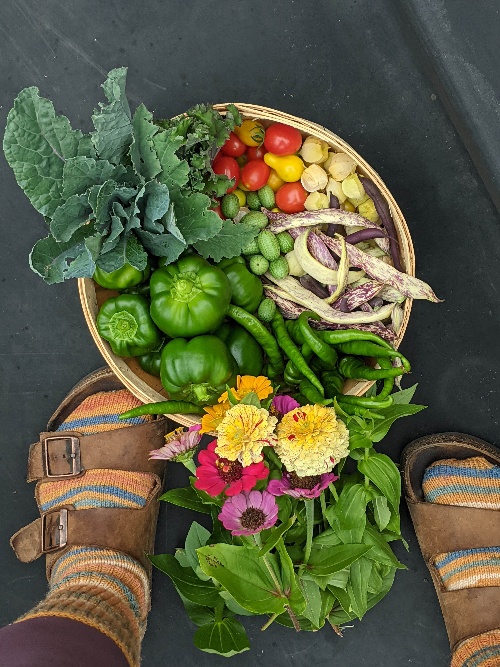
Get the well-known Rural Sprout e-newsletter delivered to your inbox.
Along with Sunday musings from our editor, Tracey, along with “What’s Up Wednesday” our roundup of what’s in season and new article updates and alerts.


